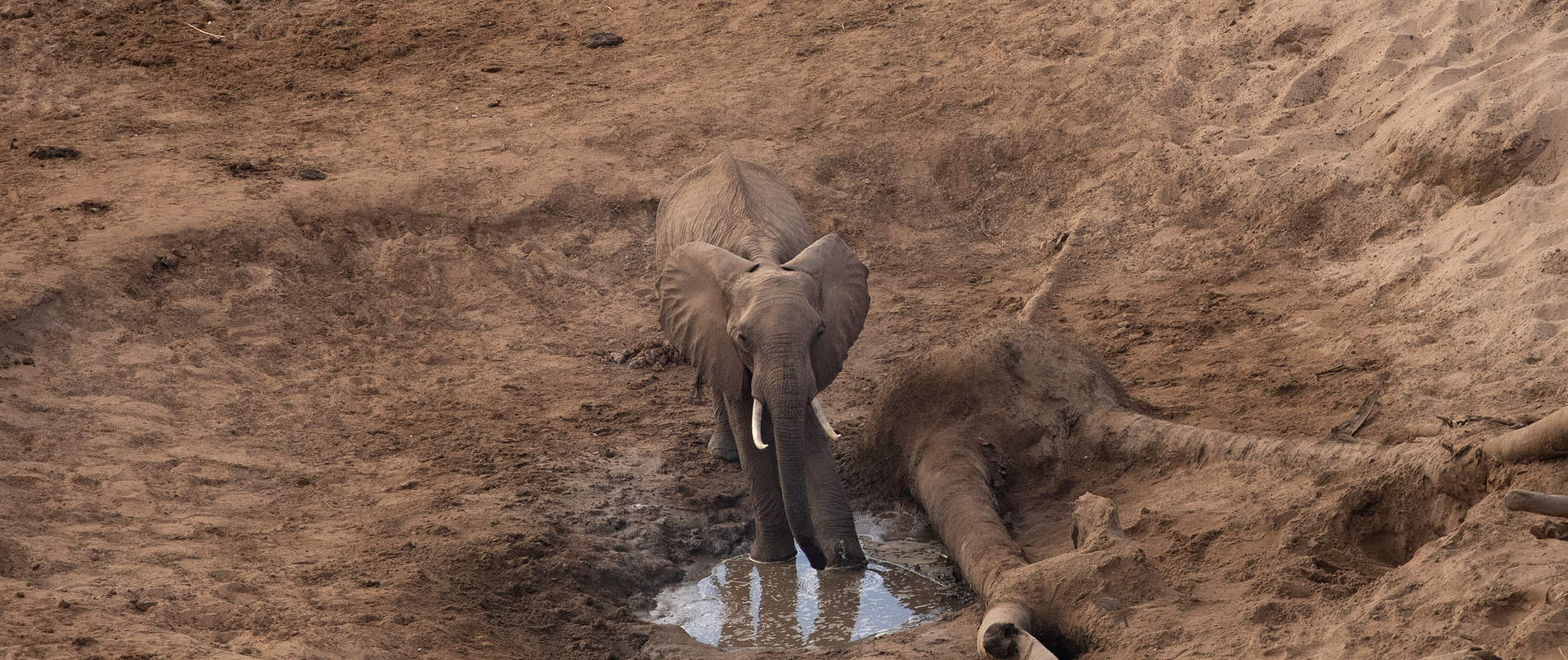In the sprawling wilderness of Kenya, where giant creatures roam freely, safeguarding the delicate balance of nature requires a unique combination of teamwork, dedication, and exceptional observation skills. Among the guardians of this majestic land, a bull elephant with distinctive tusks has been granted a second chance, thanks to a chain reaction starting with detecting human footprints, followed by uncovering telltale signs of animal tracks revealing something amiss, and ultimately through a high-flying intervention at the Tsavo Conservation Center.

Kenya’s vast expanses are home to some of the most iconic wildlife on the planet, from towering elephants to majestic lions and graceful giraffes. Yet, the survival of these magnificent creatures is constantly threatened by poaching, habitat loss, and human-wildlife conflict. Protecting them requires a coordinated effort involving various stakeholders, including wildlife rangers, conservationists, and local communities.

At the heart of Kenya’s conservation efforts are individuals like the bull elephant with distinctive tusks, whose remarkable journey exemplifies the resilience of nature and the tireless dedication of those committed to its preservation. His story begins with a simple yet crucial act of observation—the detection of human footprints in the wilderness. This initial discovery sets off a chain reaction, alerting conservationists to potential threats lurking in the vicinity.

As the elephant follows the trail, his keen senses pick up on subtle cues—the rustle of leaves, the faint scent of danger—that signal the presence of intruders or distress among his fellow creatures. Through his exceptional observation skills, he becomes a sentinel, standing guard over his domain and alerting others to potential danger.

But his role doesn’t end there. In collaboration with dedicated conservation teams, the elephant participates in aerial surveillance missions, utilizing cutting-edge technology to monitor and protect Kenya’s wildlife from above. Through this high-flying intervention, threats can be swiftly identified and addressed, ensuring the safety and well-being of the region’s giant inhabitants.

The bull elephant’s journey serves as a poignant reminder of the interconnectedness of all life forms and the critical importance of conservation efforts in preserving Kenya’s natural heritage for future generations. His story is a testament to the power of teamwork, dedication, and the extraordinary capabilities of Kenya’s wildlife in safeguarding their own existence.

As Kenya continues to navigate the challenges of conservation in the 21st century, the lessons learned from the bull elephant’s journey serve as a beacon of hope and inspiration. With unwavering commitment and a shared sense of purpose, Kenya’s guardians will continue to protect its vast wilderness and its giant creatures, ensuring that they thrive for generations to come.



